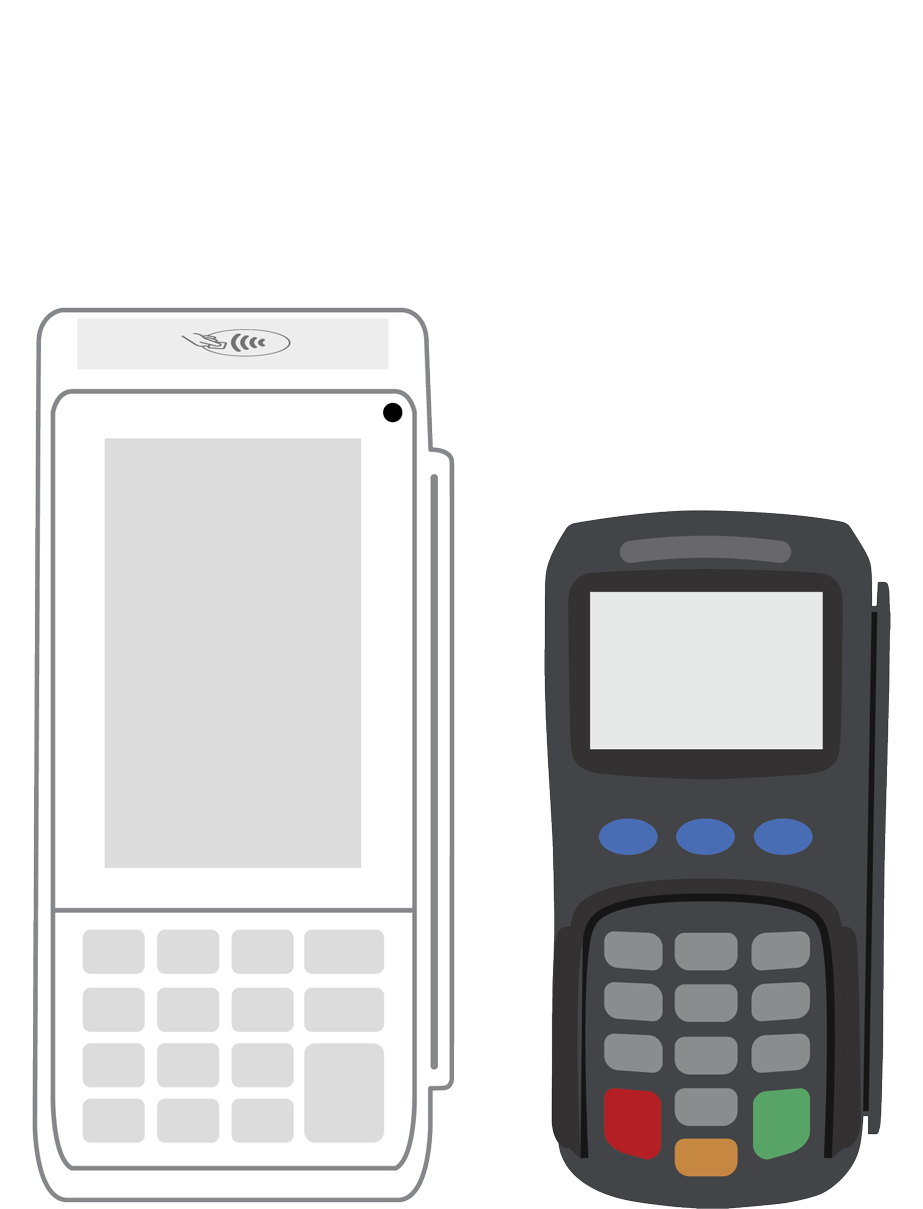Let’s Talk Holiday Numbers

 Customers are typically habitual. When they enter the store, they tend to follow the same path they always have and end up buying their favorite products. So it’s news when those same customers start changing habits, especially when it’s how and where they’re shopping.
Customers are typically habitual. When they enter the store, they tend to follow the same path they always have and end up buying their favorite products. So it’s news when those same customers start changing habits, especially when it’s how and where they’re shopping.
For the first time ever, more people shopped online than in stores over the Black Friday weekend (which includes Thanksgiving Day). An estimated $4.45 billion was spent online on Thursday and Friday of Thanksgiving week; it was an increase of 14% on Black Friday alone when compared to numbers from last year. Smartphones were responsible for 44% of all online traffic during the holiday weekend and accounted for 19% of online sales — an increase of 65 percent over the same period in 2014.
But shoppers didn’t forget about brick-and-mortar stores, they were just very surgical in their approach. A recent report states that consumers who ventured out on Thanksgiving visited an average of 2.7 stores and made a purchase at 2.5 of them. Black Friday saw the same laser-like focus with customers visiting 3.3 stores and making purchases at 2.8. Even though down from last year, brick-and-mortar stores combined for a projected $12.1 billion in sales over the two days.
“This year, we saw Black Friday ads emerge before Halloween, as retailers aimed to get at the shopper’s wallet early,” Kevin Kearns, ShopperTrak chief revenue officer, said. “And from our data, we saw greater retail sales generated prior to the Black Friday weekend, which is a result of retailers successfully elongating the holiday season. Ultimately, while many question the ongoing relevance of Black Friday, it is still the biggest sales day of the year and signals the start of the holiday shopping season.”
Both Thanksgiving Day and Black Friday saw smaller in-store crowds as what was being projected.
“Fewer visits on both days reinforce the trend we’ve seen throughout the year, in which shoppers are researching products ahead of time, targeting their store visits and arriving in-store with the intention of making a purchase,” Kearns said. “The decrease in shopper visits on Thanksgiving Day also lends itself to the social backlash against store openings on the holiday.”
With mobile payments becoming more commonplace, there is hope these types of payment alternatives will bring more consumers into stores. Another added benefit of mobile payments is they attract a younger segment of the buying public. According to Transaction Trends, the official publication of the Electronic Transactions Association, 64% of consumers who are planning to use their smartphones to make a mobile payment at the point-of-sale are between 18-44 years of age compared to only 36% of consumers aged 45 and older who plan to do the same thing.
Times are changing and it seems the successful businesses are the ones that adapt to what their customers expect. Contact PayAnywhere at 877-387-5640 with questions about how we can help you with these new types of customers.
Related Reading
 3-in-1 Reader |  Terminal |  Keypad |  PINPad Pro |  Flex |  POS+ | |
|---|---|---|---|---|---|---|
Payment types | ||||||
EMV chip card payments (dip) | ||||||
Contactless payments (tap) | ||||||
Magstripe payments (swipe) | ||||||
PIN debit + EBT | ||||||
Device features | ||||||
Built-in barcode scanner | ||||||
Built-in receipt printer | ||||||
Customer-facing second screen | ||||||
External pinpad | ||||||
Wireless use | ||||||
Network | ||||||
Ethernet connectivity | With dock | |||||
Wifi connectivity | ||||||
4G connectivity | ||||||
Pricing | ||||||
Free Placement | ||||||